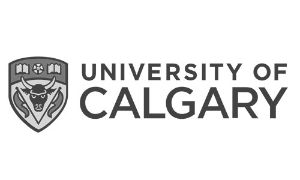Status of Non-native Vascular Plants
Summary of non-native vascular plant detections and species richness in Tolko's Northern Operating Area.
Status of non-native species in Tolko's Northern Operating Area:
Total number
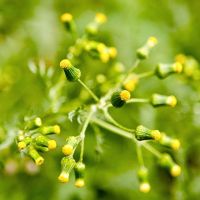
Per cent occurrence
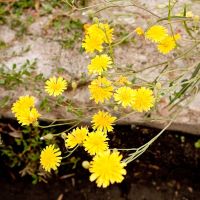
Species per site
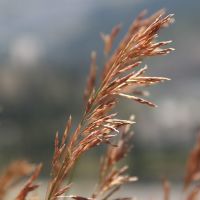
Noxious weeds
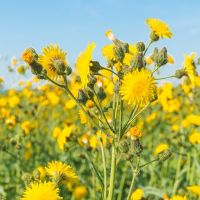
Introduction
Non-native plants are those species that have been introduced, intentionally or otherwise, into new areas beyond their natural range.
- While non-native plants are not a current threat to native biodiversity in boreal forests, they could become a bigger management challenge given the right conditions. For example, some non-native plant species, like Creeping Thistle and Annual Hawk’s Beard, can interfere with tree regeneration after fire or forest harvesting[1].
- As human activities such as forestry and oil and gas development increase in northern Alberta, creating favourable environmental conditions for weeds to establish and spread, non-native species like these could become more of a concern. Increasing temperatures and longer growing seasons are also creating more favourable conditions for non-native species, especially in the boreal region[2], and could increase their seed production[3].
- Early action is the most effective way of managing non-native species before serious impacts have occurred.
- As part of stewardship activities, a noxious weed program has been implemented in the Northern Operating Area by all operators, including Tolko, to track occurrences of noxious weeds and prevent their spread[4,5].
- The ABMI's monitoring data provide a means to assess the current distribution of non-native species and detect trends in their distribution through time, serving as an early warning signal of potential risks to native biodiversity.
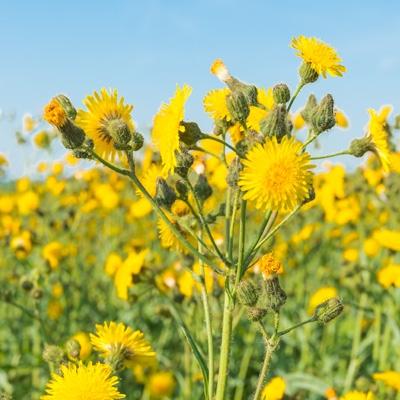
Perennial Sow Thistle—a noxious weed—was found at 7% of sites.

Common Plantain—also often found in urban settings—was found at 5% of sites.
In this section, we summarize the occurrence and status of non-native vascular plants in Tolko’s Northern Operating Area.
Results
Status of Non-native Vascular Plants
The number of unique non-native vascular species found by the ABMI in Tolko's Northern Operating Area was:
Highlights
- Non-native vascular plants were rare in the Northern Operating Area. They were detected at 30% of sites where vascular plants were surveyed. At those sites where non-native plants were found, 1.7 non-native species were detected on average.
- Common Dandelion was the most common non-native vascular plant, occurring at 18% of ABMI sites, followed by Common Groundsel and Perennial Sow Thistle each at 7%, and Annual Hawk’s Beard and Common Plantain at 5% each.
- One of the non-native species detected by the ABMI in the Northern Operating Area, Perennial Sow Thistle, is listed as a noxious weed under Alberta’s Weed Control Act. Perennial Sow Thistle was detected at 7% of sites. Other noxious weeds, including Scentless Chamomile, Tall Buttercup, and Canada Thistle, have been observed in Tolko’s Northern Operating Area, and efforts were made to remove all occurrences[5].

Common Dandelion was the most common non-native vascular plant detected.
References
Sanderson, L.A., J.A. McLaughlin, and P.M. Antunes. 2012. The last great forest: a review of the status of invasive species in the North American boreal forest. Forestry: an International Journal of Forest Research 85(3):329-340.
Foster, A.C., J.A. Wang, G.V. Frost, et al. 2022. Disturbances in North American boreal forest and Arctic tundra: impacts, interactions, and responses. Environmental Research Letters 17(11):113001.
Syed, O.A, V.M. Zhang, and P.M. Kotanen. 2023. Potential role of the seed bank in spreading invasive plants in a tundra-edge environment. Botany 101(6):193-199.
Tolko Industries Ltd., Norbord Inc., and La Crete Sawmills Ltd. 2017. Forest management plan. Forest management plan submitted to Alberta Agriculture and Forestry December 2017 for FMU26. 375 pp.
La Crete Sawmills Ltd., Tolko Industries Ltd., and West Fraser. 2023. F26 stewardship report 2017–2022. Report developed with Silvacom. 117 pp.



